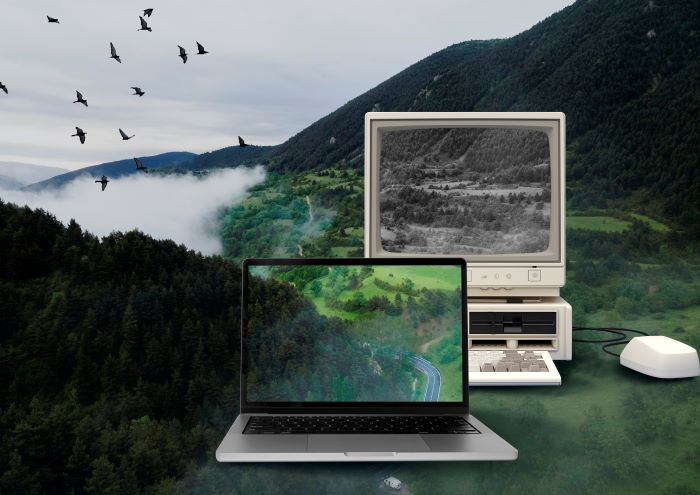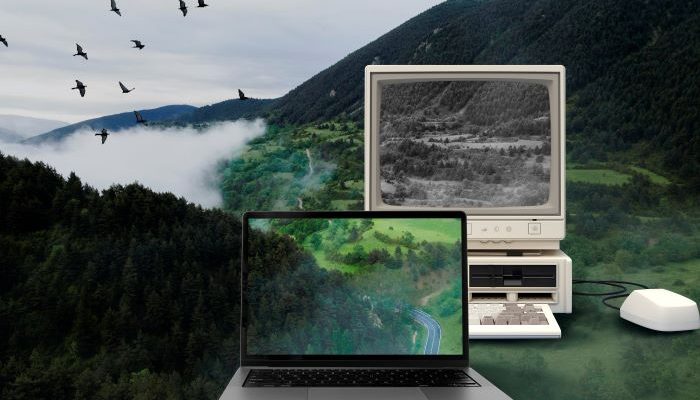
After almost a decade of powering millions of computers worldwide, Microsoft has officially confirmed the Windows 10 End of Life date. This marks the end of an era for one of the most successful operating systems in history. While Windows 10 will continue to function after support ends, users who don’t act now risk exposing their systems to security vulnerabilities, compatibility issues, and performance problems.
This article breaks down everything you need to know — from what the Windows 10 End of Life really means, to how you can prepare your devices for a smooth and secure transition.
What Does “Windows 10 End of Life” Mean?
When Microsoft announces an operating system’s End of Life (EOL), it means the company will stop providing important updates, including:
- Security patches: These protect your computer from malware, ransomware, and new cyber threats.
- Bug fixes: Regular updates that resolve known issues and improve system stability.
- Feature updates: Enhancements and new tools that make the system more efficient or user-friendly.
For Windows 10, Microsoft has set the official end of support date for October 14, 2025. After that, users will no longer receive updates unless they purchase an extended support plan — a costly option meant primarily for large organizations.
In simple terms, if you continue using Windows 10 after October 2025, your computer will still work, but it will become increasingly unsafe and outdated.
Why Is Microsoft Ending Support for Windows 10?
Microsoft’s technology ecosystem has evolved dramatically since Windows 10 launched in 2015. The company is now focused on Windows 11 and the upcoming next-generation AI-integrated systems, which promise better performance, stronger security, and deeper cloud integration.
Here are a few key reasons for this transition:
- Security architecture upgrades – Windows 11 uses advanced hardware-based protections like TPM 2.0 and Secure Boot to defend against modern threats.
- Unified ecosystem – By focusing on fewer OS versions, Microsoft can deliver more consistent updates and support experiences.
- AI and productivity integration – New features such as Copilot and improved multitasking are designed for the hybrid work era.
In essence, Microsoft wants users to move toward a modern, safer, and smarter computing environment.
How Will Windows 10 End of Life Affect You?
If you’re using Windows 10 — whether at home or in a business environment — you’ll feel the impact of this change in several ways.
1. Security Risks
Without regular updates, your PC will be more vulnerable to viruses, spyware, and hacking attempts. Cybercriminals often target outdated systems because they lack the latest patches.
2. Software Compatibility Issues
New versions of popular applications (like browsers, antivirus tools, and office software) may stop supporting Windows 10 over time. This can lead to instability, reduced functionality, or complete incompatibility.
3. Compliance Concerns for Businesses
Organizations operating in regulated industries (like finance or healthcare) could face compliance violations if they continue using unsupported software.
4. Hardware Upgrade Limitations
While you can still use your existing hardware, future devices and peripherals may require Windows 11 or newer systems to work properly.
In short, Windows 10 End of Life is not just a date—it’s a shift that will gradually affect security, productivity, and compatibility across your digital environment.
How to Prepare for the Windows 10 End of Life
The good news is that you have time to plan. Here are key steps to take before October 2025 arrives.
1. Check If Your PC Supports Windows 11
Most computers made after 2018 can upgrade to Windows 11, but it’s essential to verify.
You can use Microsoft’s PC Health Check tool to confirm compatibility. If your system doesn’t meet the minimum requirements (like TPM 2.0 or Secure Boot), you’ll need to consider upgrading your hardware.
2. Back Up Your Data
Before performing any major system upgrade, back up your important files. Use OneDrive, an external hard drive, or cloud storage. This ensures your data remains safe in case of upgrade errors or device failure.
3. Evaluate Your Software
Make a list of essential applications and check whether they are compatible with Windows 11. Some older programs may require updates or replacements.
4. Plan an Upgrade Path
You have three main options:
- Upgrade to Windows 11 – Recommended for most users. It’s faster, more secure, and designed for modern workloads.
- Purchase a new PC – Ideal if your current computer doesn’t meet Windows 11 requirements.
- Stay on Windows 10 with paid security updates – Microsoft may offer Extended Security Updates (ESU) for a fee, primarily targeting enterprise users.
5. Educate Your Team or Family
If you manage multiple devices at home or in an organization, prepare everyone for the change. This prevents downtime and confusion when updates are rolled out.
Can You Still Use Windows 10 After 2025?
Yes, technically you can — but it’s not advisable. After Windows 10 End of Life, the operating system becomes like a car without insurance. It may run smoothly for a while, but any new vulnerability could compromise your entire system.
Here’s what you should expect if you continue using Windows 10 post-2025:
- No more official Microsoft support
- Increasing number of unpatched security flaws
- Diminished compatibility with new software and hardware
- Lack of technical help from most vendors
For non-critical offline use (like running old software or testing environments), you might keep a Windows 10 machine. However, for everyday use or online activity, upgrading is essential for your safety.
What Businesses Should Do Now
For companies, the Windows 10 End of Life poses both technical and strategic challenges. Large-scale migrations take time, so early planning is key.
Here’s a checklist for IT leaders:
- Audit all systems running Windows 10.
- Assess upgrade costs for hardware that doesn’t meet Windows 11 specs.
- Create a phased rollout plan to avoid workflow disruption.
- Train employees on the new system’s features.
- Consider virtualization or cloud desktops (like Windows 365) for greater flexibility.
Early migration ensures business continuity, security, and smoother integration with Microsoft’s modern tools.
Final Thoughts: Don’t Wait Until the Deadline
The Windows 10 End of Life marks a significant milestone in Microsoft’s evolution — but it doesn’t have to be a stressful one. With over a year left before support ends, you have ample time to plan your upgrade, secure your data, and explore the possibilities that Windows 11 offers.
Treat this as an opportunity to modernize your devices, strengthen your cybersecurity posture, and take advantage of new productivity features. The sooner you act, the smoother your transition will be.

